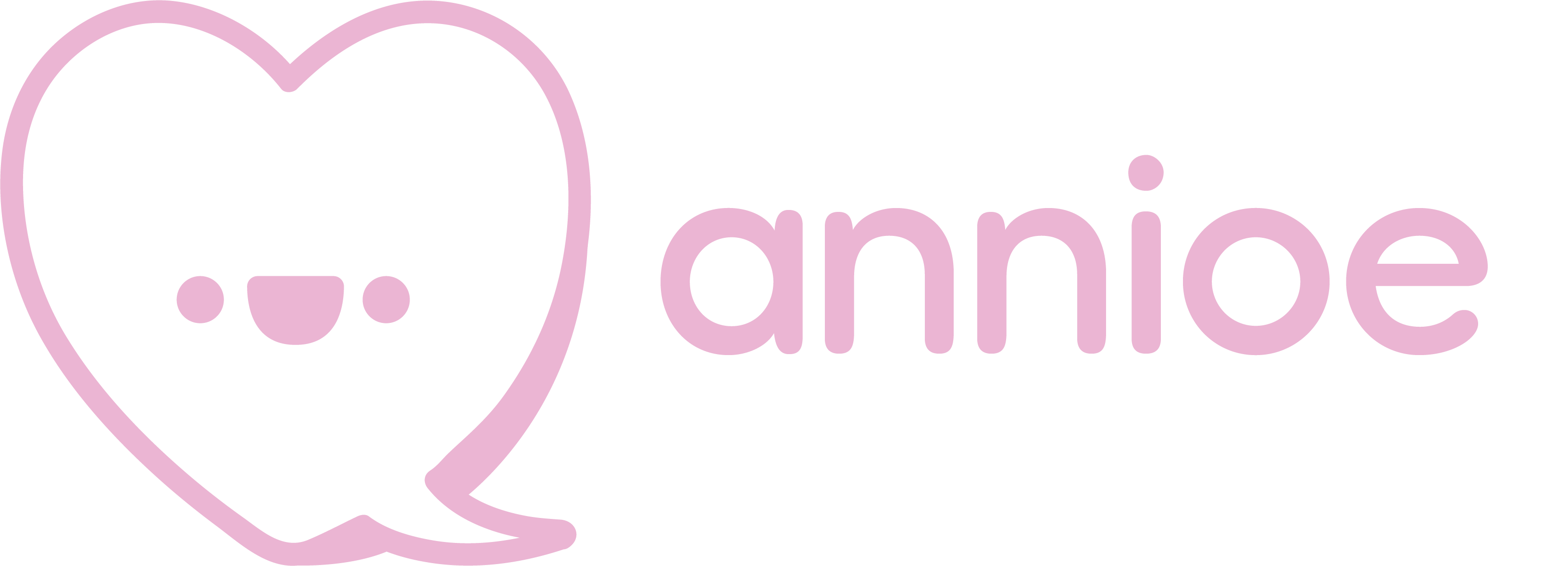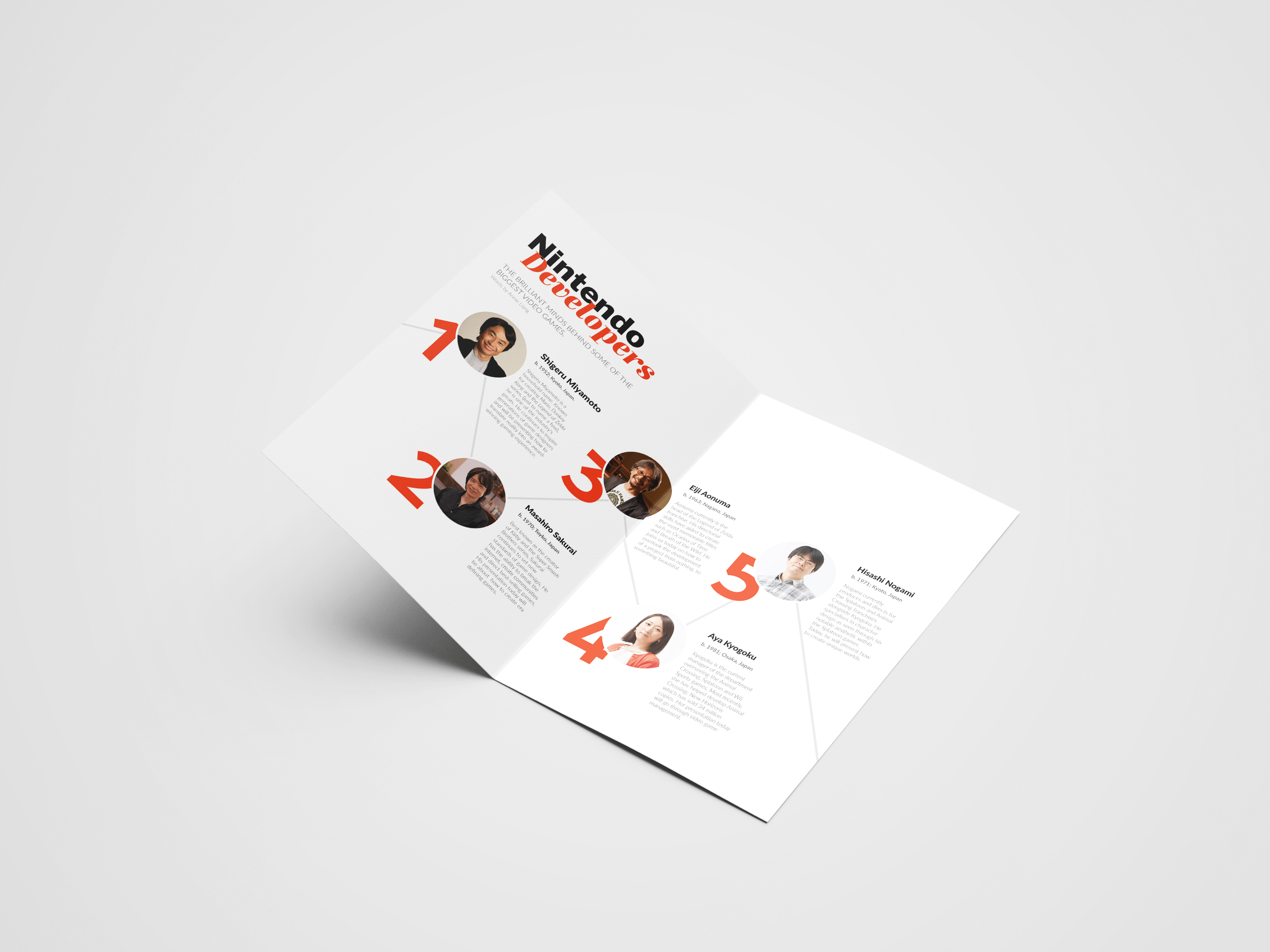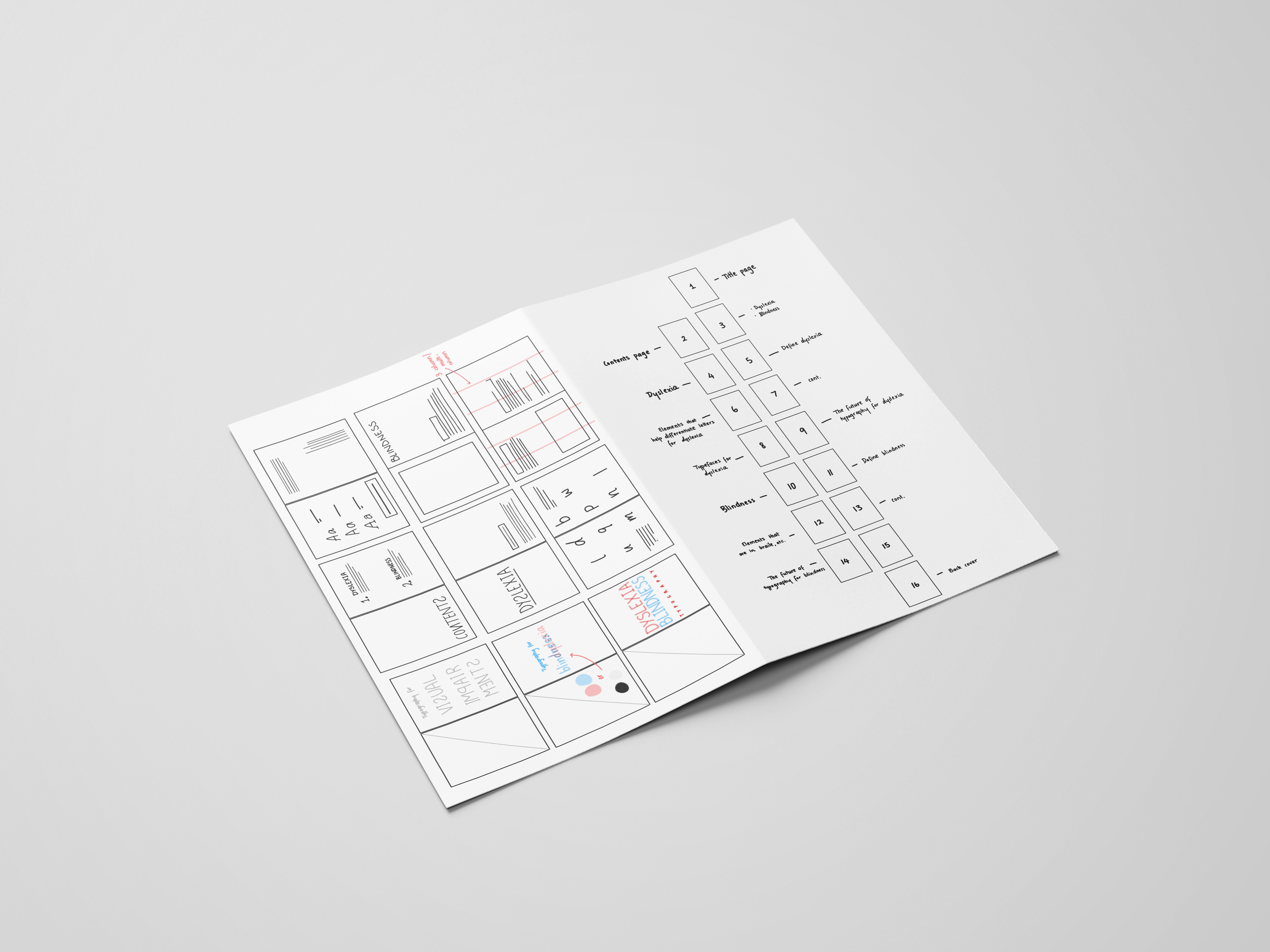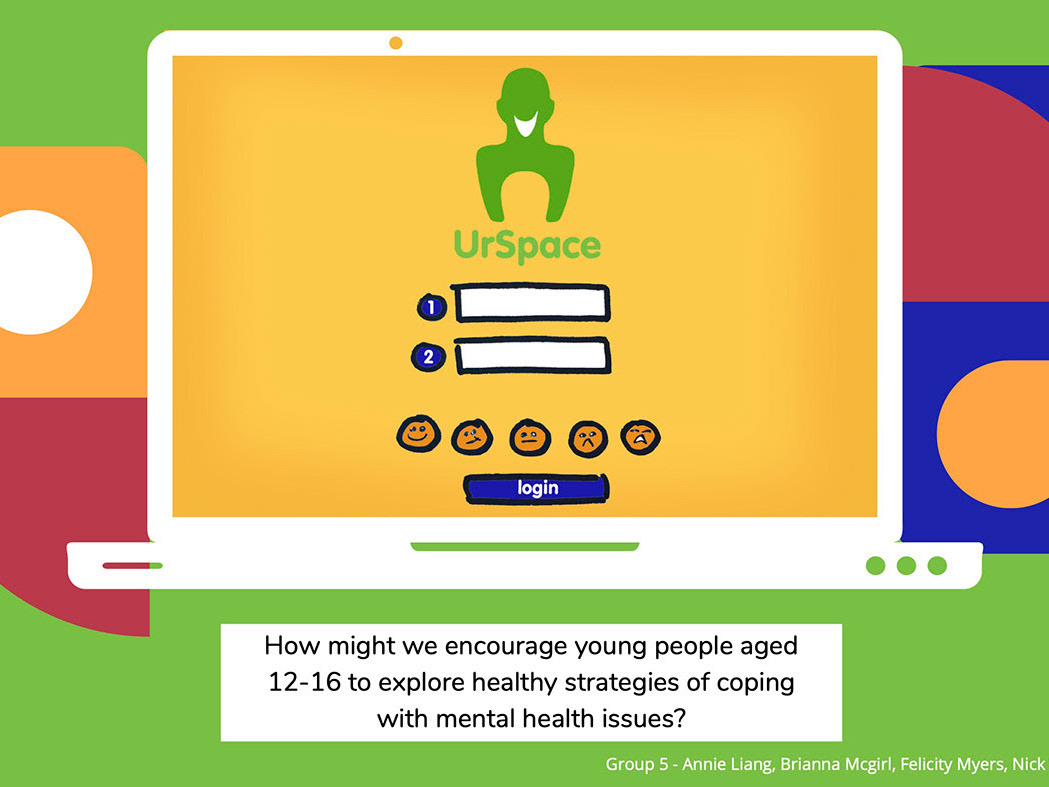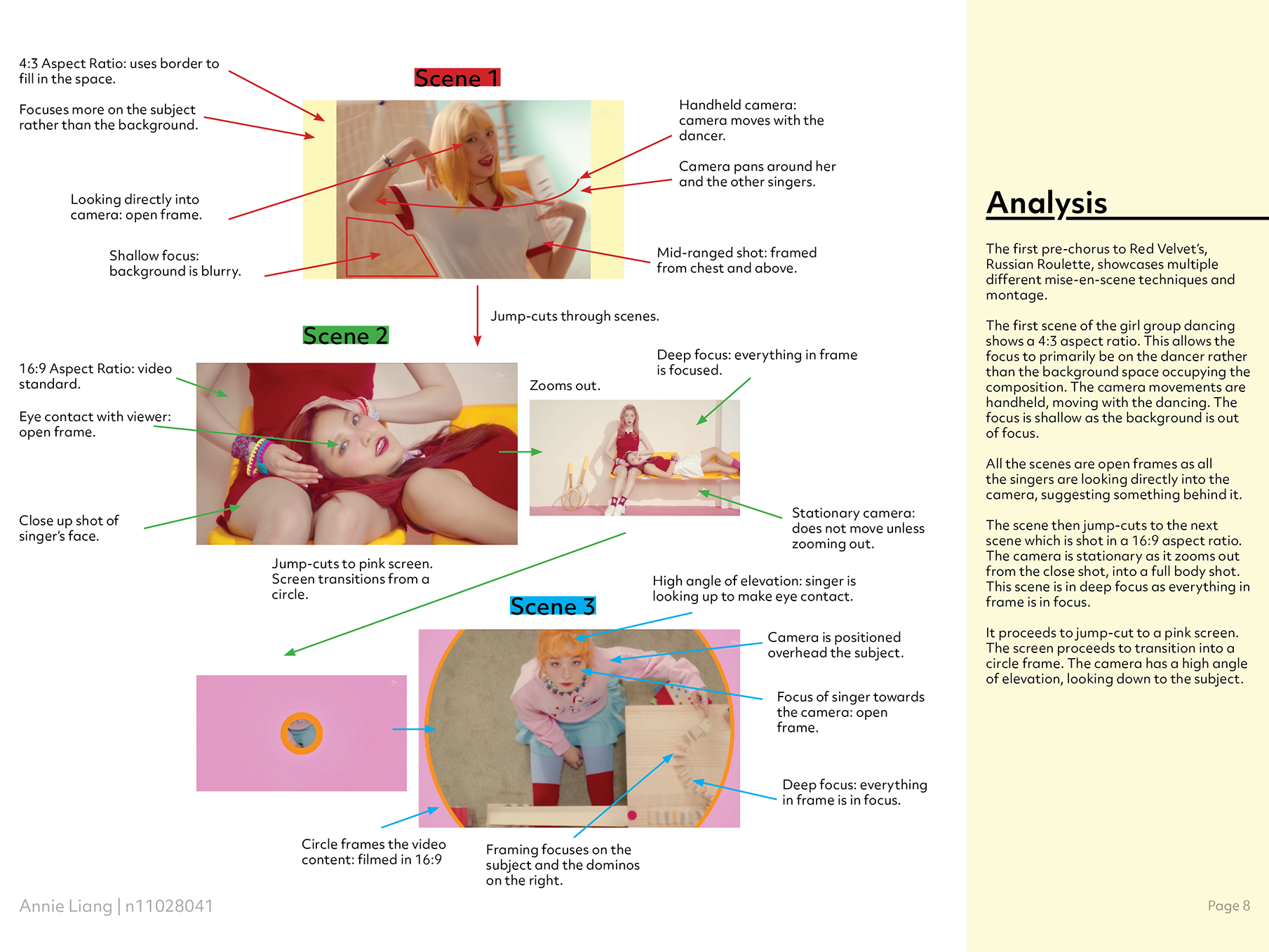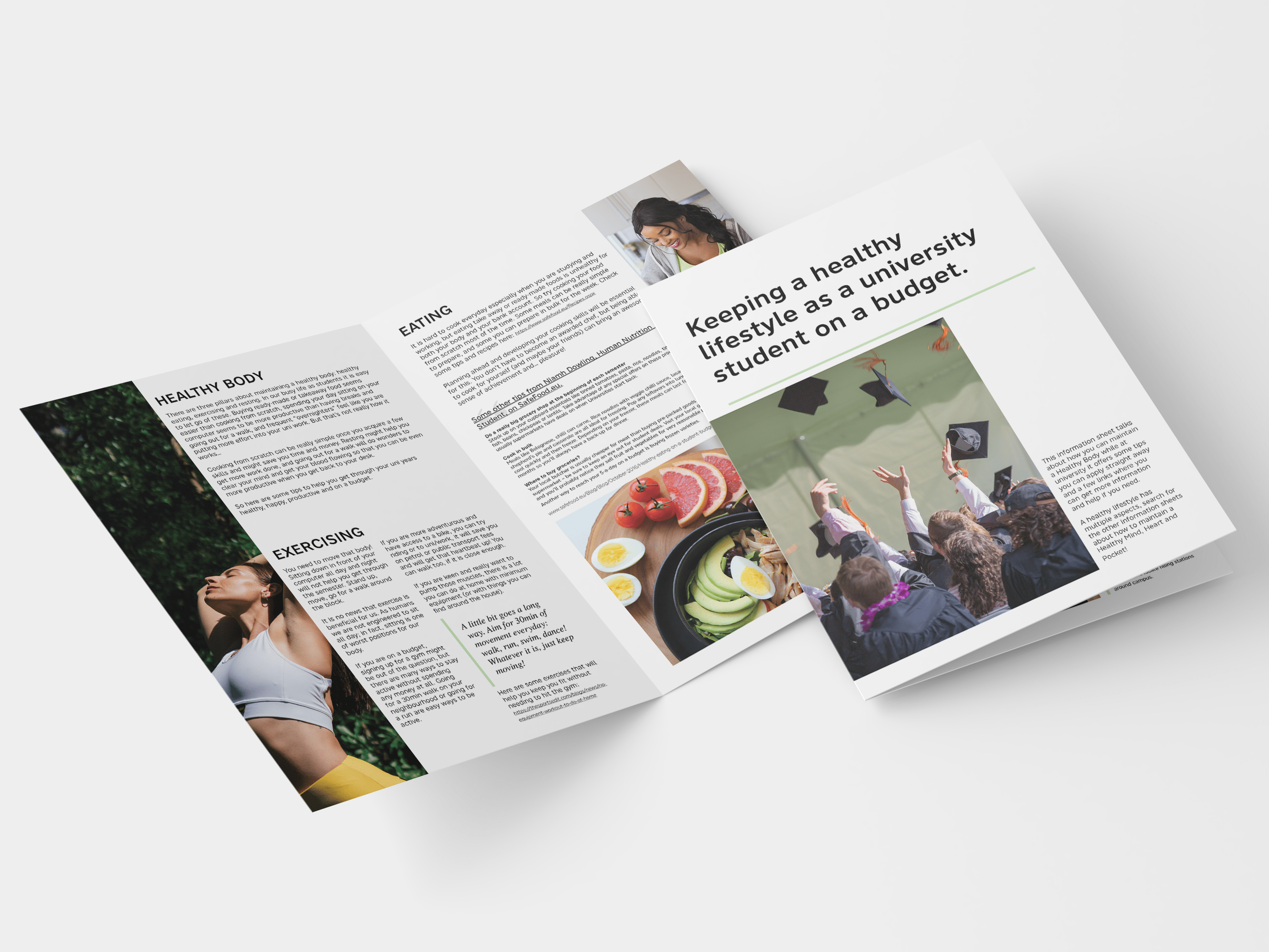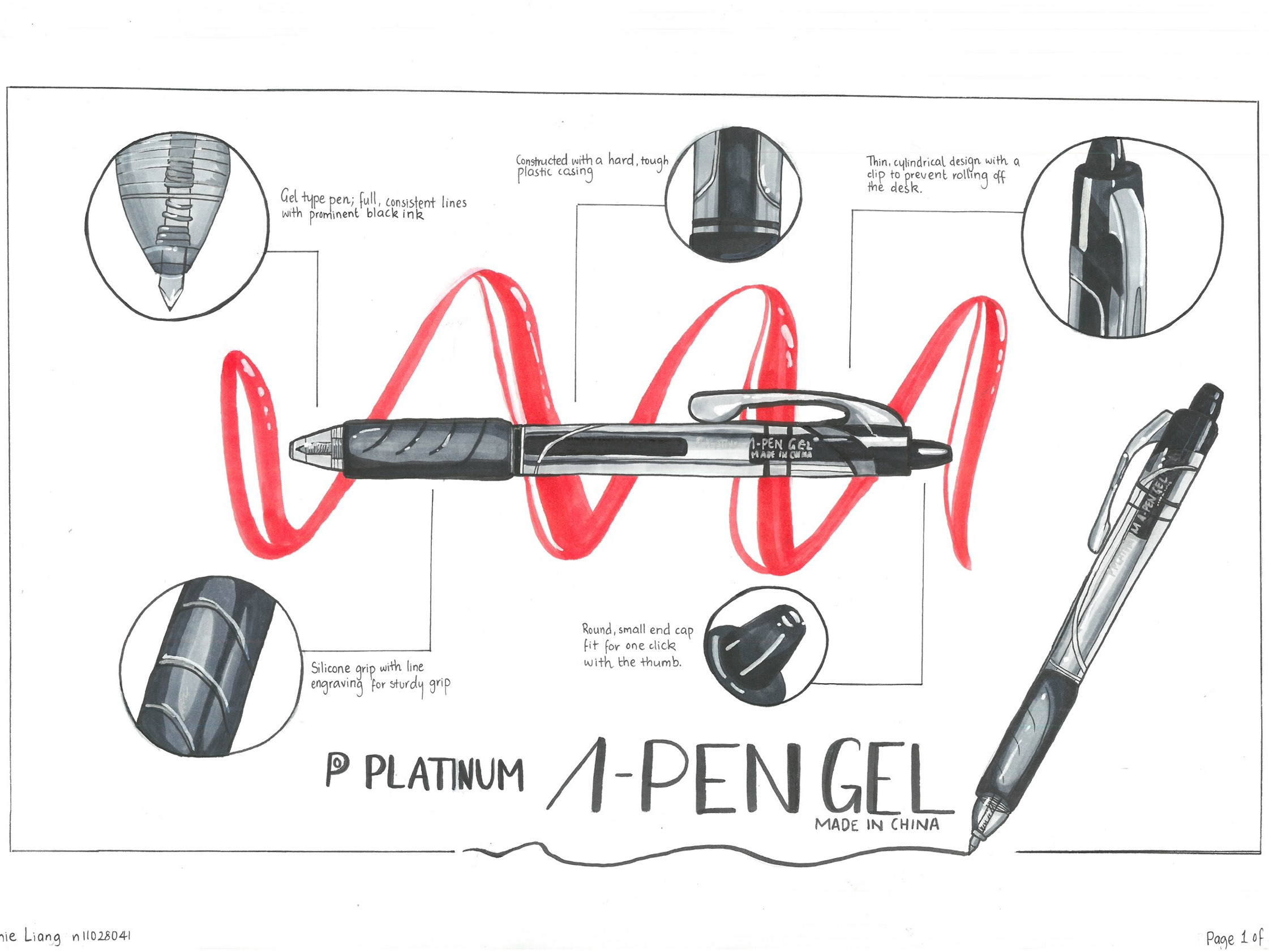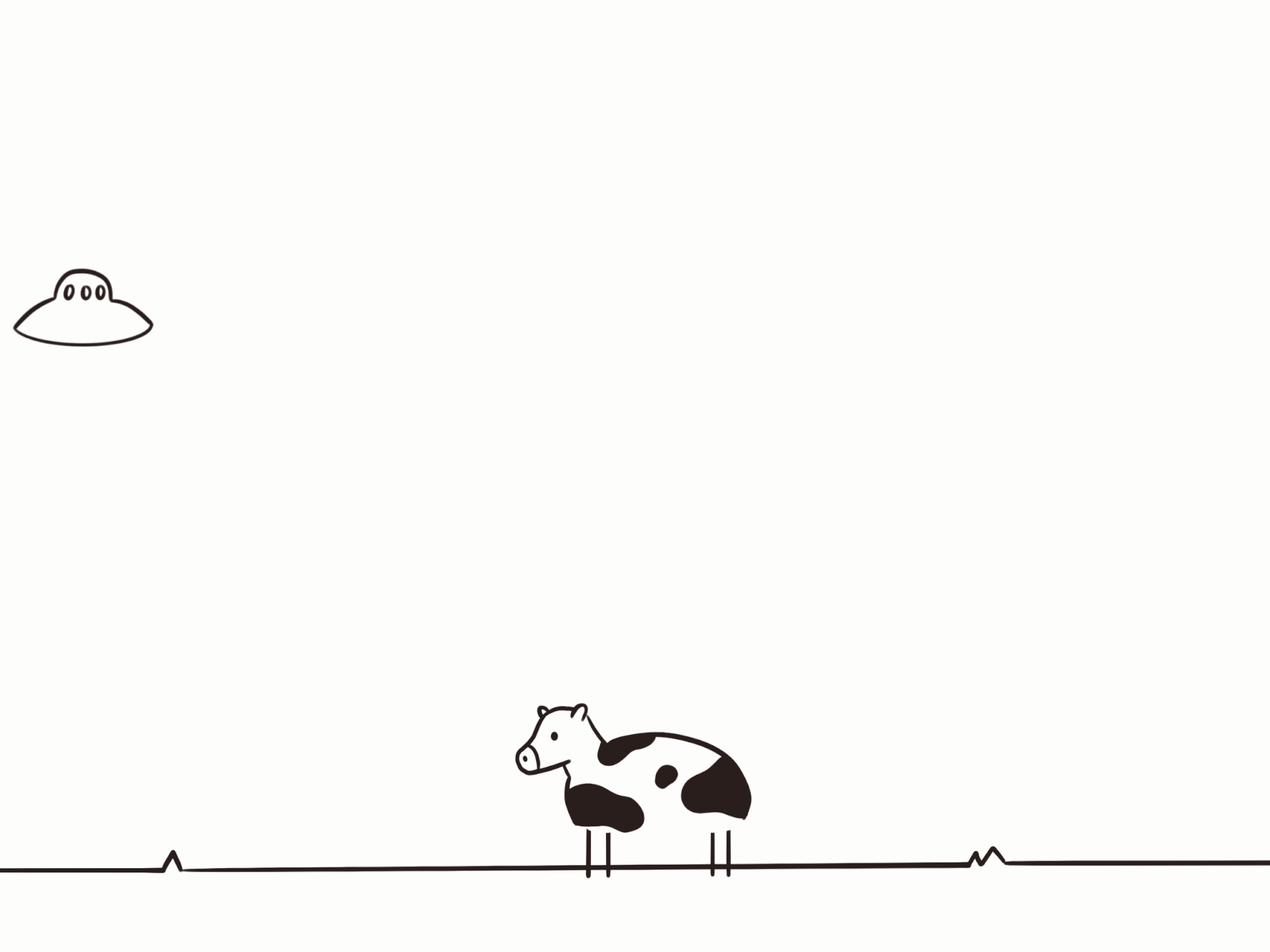

Design Manifesto - Designing for Human Connection
Prologue
One of the biggest selling points for most technological designs is that it keeps us connected. But the irony is that we have never felt more separated from one another. We’ve never felt more alone. We’ve never been as isolated. As much as this advanced technology makes it easier for us to come together, it equally separates us in the real world.
The pandemic demonstrated how starved we can become without real-world interactions. With mandatory isolation, we became reliant on technology to keep us connected to one another. The pandemic tested the limits of pre-existing technology. Designers attempted to extend the limits to help cater to the unique situation. Trends aiding in escapism saw a rise during this time (online gaming, TikTok and collaborative video streaming just to name a few). As much as these design solutions helped, we still longed for the days of being able to see our friends and family again. That’s where these design solutions seem to falter. Design artefacts simply cannot recreate the feeling of genuine human connection rather than technological innovation.
This requires us to become more detached from devices which act as a middleman and focus on more ways to better connect in person. Though technology has granted us convenience and unlimited accessibility, it hinders real-world social interaction. The following lays out my design perspective and the values and attitudes for designing for the future.
1. Prioritise Human-Centred Design
Technology has always been a fusion of many design principles. The most influence would be artefact-centred design (ACD), as it primarily focuses on form and function. However, a huge consequence with ACD is how it places a measure on human development. Because we strive for constant innovation, we’ve associated our progression off it. Social development has been measured off something that is not social. Alternatively, human-centred design is the principle that prioritises user satisfaction and experience. HCD benefits users by primarily designing for empathy and equity. It lets designers to better empathise with users, growing connections to better design for their situations. It also allows users to gain better, deeper insights by interacting and socialising. By shifting many ACD influences to primary focus on HCD, social connection and interaction will be more prevalent and appreciated by everybody.
2. Simplification - No Need to Reinvent the Wheel
There isn’t a need to overcomplicate details if the simplest ideas work successfully. Of course, this does not discourage the need for designing for accessibility, convenience or sustainability. Rather, it discourages constantly innovating flashier ways of doing a simple task, as it distracts from the main objective. Dissecting tasks to its basic core components is a beneficial way of distinguishing the most important areas. By doing so, we can better design for empathy and connection by highlighting the more beneficial areas. This encourages that we strip elements of technology and find person-to-person alternatives. By doing so, we can gain a better and deeper appreciation for the simpler activities. We can also better develop deeper connections, by prioritising these major aspects. Instead of reinventing the newer and flashier ways of doing a basic task, we can reflect on the tried-and-true ways of the past to push connections further.
3. Regress - Look Into the Past
As seen during the pandemic, once small opportunities started appearing, many people begun testing their new-found freedom by enjoying simple activities such as picnics and neighbourhood walks. Community gardens also began gaining popularity during this time, allowing members a place to bond. During these unforeseen events, many people began developing relationships and connections with members of their community. Because of the isolating world pandemic, which confined many to their homes, it required many people to seek social interaction in alternative, seemingly ‘traditional’ ways. These methods could be compared to traditional, village-like lifestyles, being tried-and-true ways of connecting to one another. These activities allowed many to connect without the need of technology. Looking into the past and designing for a community would be beneficial when designing for connection, deepening bonds by disregarding a technological middleman.
Epilogue
Designing for the future is defined by how we see ourselves living in the future. Technology has allowed unimaginable accessibility to connection, but it simply cannot replace our need for genuine human relationships. The future of design can aid us by incorporating more principles of HCD and looking into ways of simplifying and regressing our designs. The future is still unknown. But whether it is a euphoric utopia or a dingy dystopia, the only thing we can undoubtably rely on, is each other.
